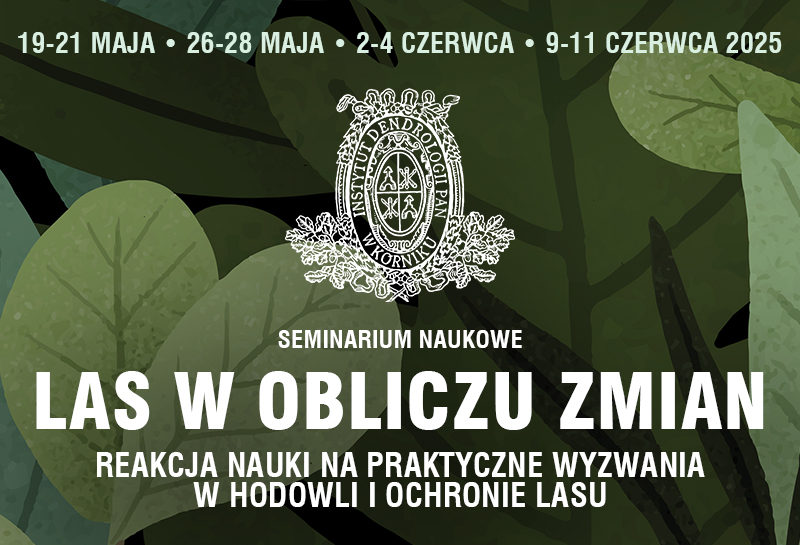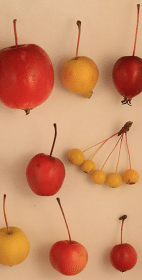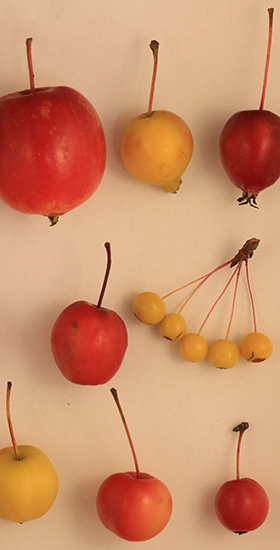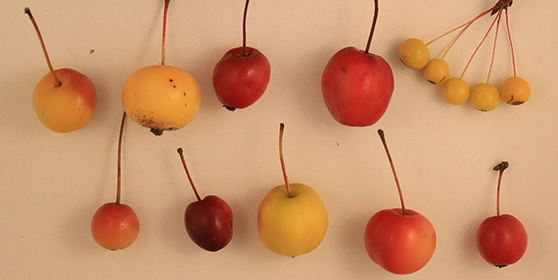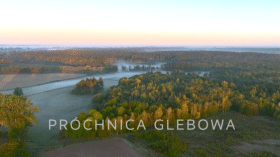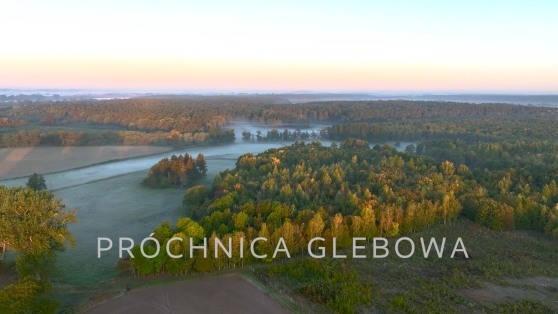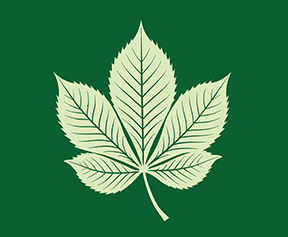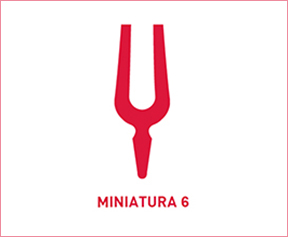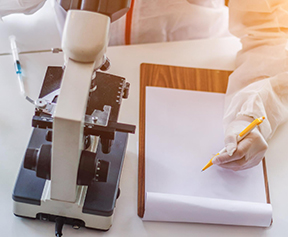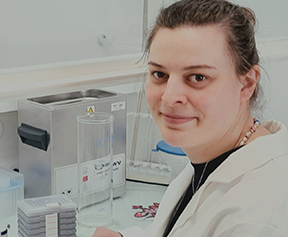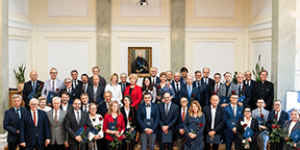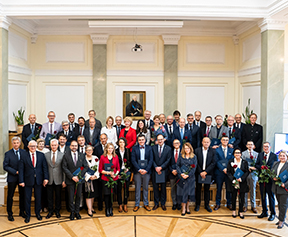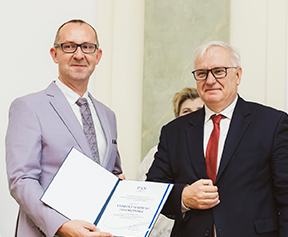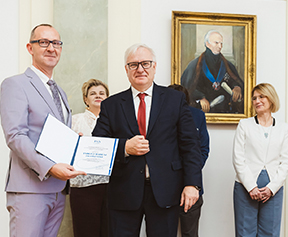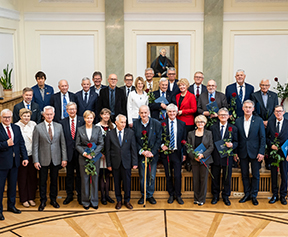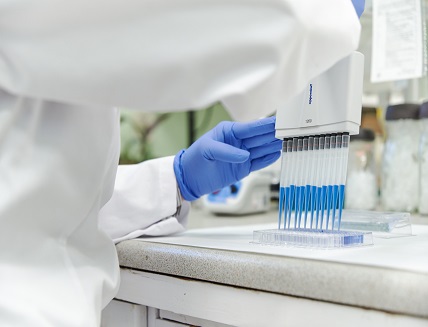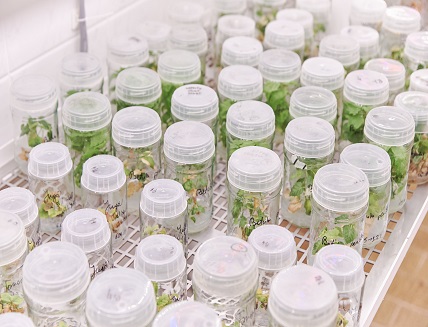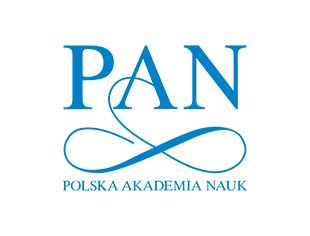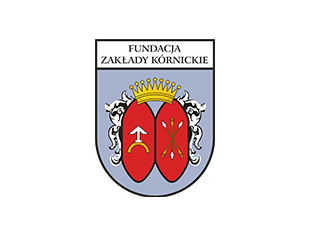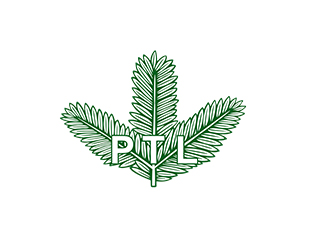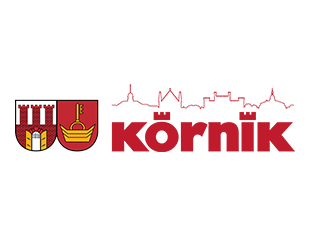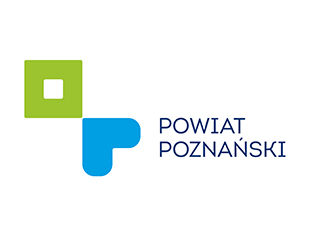Abstract:
The objective of the presented study was to compare the effect of osmotic stress, induced by various concentrations of polyethylene glycol (PEG) MW 4000, on the development, maturation, and conversion of somatic embryos of Picea abies (model species) and P. omorika (endemic species) into somatic seedlings. Embryogenic tissue (ET) of P. abies (line A and B) and P. omorika were incubated on a maturation medium with 20 μM abscisic acid (ABA), 1 μM indole-3-butyric acid (IBA) and PEG 4000 at 0, 5, and 7.5%. After 5 weeks, the number of somatic embryos produced, and the number of cotyledonary somatic embryos per 1 gram of ET, was assessed. Cotyledonary somatic embryos were selected and transferred to a Margara germination medium for two months. Their growth, as measured by hypocotyl and radicle length, was evaluated after one month, and the somatic embryos were transferred to fresh medium. After the second month of incubation, the conversion frequency of germinated embryos into the seedlings was assessed. In general, ETs of both of the tested spruce species cultured on a maturation medium amended with 5% PEG 4000 exhibited a tendency to produce a higher total number of embryos, as well as a higher number of cotyledonary embryos. The B line of P. abies produced a significantly greater number of cotyledonary embryos, relative to the control (no PEG). PEG only stimulated hypocotyl growth in embryos of both lines (A and B) of P. abies during the germination stage. Somatic embryos of Picea omorika were characterized by poor growth of both hypocotyls and radicles, irrespective of PEG treatment. The addition of PEG 4000 to the maturation medium did not improve the conversion frequency of germinated somatic embryos into somatic seedlings in either spruce species after a month of incubation on Margara medium. The effect of PEG 4000 on somatic embryogenesis efficiency was more evident in the ET of the two P. abies lines, relative to the P. omorika ET line, during both the maturation and the germination stage. Results indicated that the P. omorika ET line was almost completely insensitive to all of the PEG concentrations tested.
Keywords: somatic embryogenesis, osmotic stress, germination, Norway spruce, Serbian spruce













